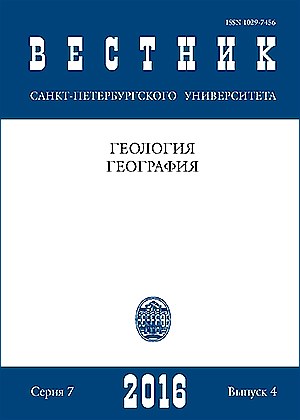The geopolitical factor in the development of transport systems
DOI:
https://doi.org/10.21638/11701/spbu07.2016.411Abstract
In article considered the mutual influence of geopolitical factor on the development of transport systems, spatial characteristics of development and localizations of transport facilities. The article deals with the retrospective analysis of the formation of transport systems in terms of the geopolitical factor. We describe the basic features of the geopolitical factor and the necessity to employ it on a par with social, economic, physical and geographical factors in the study of the development of high-speed rail traffic. We highlight the issue of geopolitical fi elds in the context of the development of transport systems. We investigate the duality of transport systems in terms of the geopolitical factor.
Keywords:
transport systems, railway, high-speed railway, factors of development, geopolitics, region, management
Downloads
References
References
Downloads
Published
How to Cite
Issue
Section
License
Articles of "Vestnik of Saint Petersburg University. Earth Sciences" are open access distributed under the terms of the License Agreement with Saint Petersburg State University, which permits to the authors unrestricted distribution and self-archiving free of charge.






